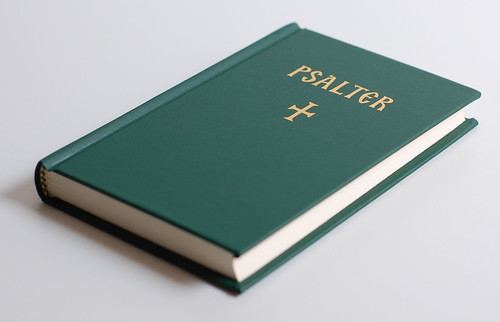Family Nights are BACK at St George this Fall. It is truly one of the highlights of the Parish Community of St George in Houston, TX. Every Wednesday, we worship together during Daily Vespers, followed by discussions/activities for all ages, and finish up the evening with a Lenten dinner and fellowship in our Church Hall. Our Teen Discussion Series continues this Fall; previous topics include: "We are a People of the Resurrection," "I'm Orthodox, My Friends are Not," and "Our Creed: Knowing What We Recite & Believe." Below is the flyer for our upcoming Teen Discussion Series:
Family Night 2012
Teen Discussion Series
"In the Beginning"...A Look into
the Book of Genesis
Join us on Wednesday
Evenings beginning September 12 thru December 2012; Vespers
at 6:30p at St George Houston followed by Discussion Series and Food/Fellowship
 |
| Orthodox Icon of the Creation |
Everything
goes back to Genesis - to know about ourselves and our own personal
relationship with God. It is necessary to examine and understand the Church’s
teaching on the Creation story, and God’s divine interaction with His chosen people.
Vital facts and questions that we shall discuss:
God is the Creator; we
are the creatures!
How and why were we created?
How do the actions of Adam & Eve truly affect us?
What is "original sin?"
Are we still in a
“fallen nature” and how does Christ’s Incarnation affect us?
Discussion
Series led by Paul Fuller,
Youth and Young Adult Director
- A Day in the Life of the Youth Director





















